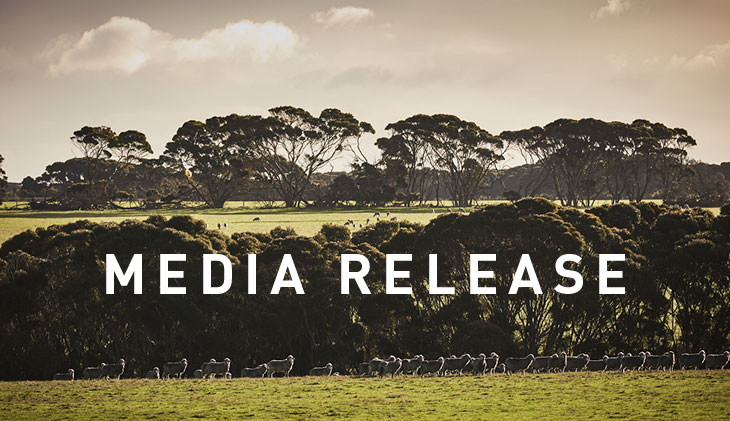AWI Biological Defleecing Update

Australian Wool Innovation’s Chairman Jock Laurie says work is progressing well on developing a new form of biological defleecing with the University of Adelaide.
Australian Wool Innovation’s Chairman Jock Laurie says work is progressing well on developing a new form of biological defleecing with the University of Adelaide.
“It is critically important for the industry because we need to provide growers with options. Times of pressure in industries drive change and that is exactly where we are with the wool industry right now.
We are seeing some very positive things coming out of the University of Adelaide’s work and they are confident that they can progress it and confident that in about in eighteen months’ time we should have a clearer picture of what the story is.
It is different to the Bio-clip system that provides a clean break and then needs nets.
The protein is administered and then you can leave it a couple of weeks grow your five millimetres and start removing the wool at a point when the wool is down to 8 or 10 newtons. Nets are not needed.
What we have to do now is to find a better method to administer the protein, whether that is via an implant or an injectable, that work is being done now.
We know that the protein puts a break in the wool so we can harvest it easily. It is amazing the number of woolgrowers who have got ideas on how to remove the wool so I think it will be a fairly simple process using VE machines, a level of robotics or air or whatever to remove the wool and move it via air up into bins, classers tables or wool presses. I think there is a whole lot of processes to consider. That’s what the evolution will be.
Obviously, there will need for Australian Pesticides and Veterinary Medicines Authority (APVMA) approval, commercialisation to deal with and the need for mechanical means to remove the wool.”
Mr Laurie says the project is timely and has the potential to be a major change in wool harvesting.
“This project really provides a great opportunity.
In terms of mechanization, shearing hasn’t changed much in a hundred years.
The time we are in should be a spur to drive change because we are going to remain in a very competitive place for labour for a long period of time.
I think there will always be manual shearing, but this is about an investment that provides choice for the industry so that they can make decisions about how they want to process their wool.
You have to be a real athlete to be a shearer and in a competitive market place it can be hard to draw them into the industry so we need to have other options.
The industry will decide where this technology fits in term of what types of wool. It’s the same with all issues, we don’t tell woolgrowers what to do, you as a woolgrower will have a look at your business and see if you are having an easy or tough time getting shearers, whether or not you want to update your shearing shed or whatever it is and then you can make up your mind. At AWI, we just provide the tools.
At this stage I can say it is very positive and I hope this gives confidence to the industry that we will continue to invest in this work, we’ll drive it, we have seen enough to see the potential in this development.
The biological defleecing option may not be used by everyone but it is another option to remove the wool safely.”
Media Contact: Kevin Wilde kevin.wilde@wool.com 0436 031 277
Please find attached video from the research courtesy of the University of Adelaide that shows how easily the wool can be removed:












